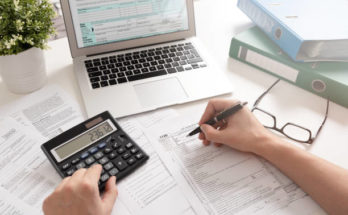When you are ambiguous about buying something, it’s your budget that will decide how extravagantly you can spend your money. However, sometimes, even the most carefully planned budget might experience a little hiccup if you don’t set aside adequate funds for emergencies.
Any amount of money that you keep aside and use during the hour of crisis becomes your emergency fund. More often than not, this emergency fund can help you cover an unexpected cost in your monthly budget. However, if you are a spendthrift and use of your emergency fund on a frequent basis, the whole point of having this fund is defeated. So, it is equally important to know when you should use your rainy-day fund as it is to build one.
Is It an Emergency or Not?
You can efficiently manage and safeguard your emergency fund account. To do so, you should be able to differentiate between true financial emergencies and payments you can delay. You can’t rely on your emergency reserve if you’re struggling to pay a humongous shopping bill or want to make your dream vacation possible. Besides, there are expenses which are likely to occur anytime in the future. You can use quick same day loans to cover such predictable costs that mainly include a sudden car breakdown or a leak in the ceiling.
On the other hand, unfortunate events which you never expected to occur like a job loss of the sole income earner or a major medical catastrophe without insurance coverage are real emergencies. Only a huge security blanket of funds will cover expenses or damages from unpredictable events. For this reason, many financial experts insist on having an emergency fund that can withstand at least 3 to 6 months of your living expenses. Even after that, you can keep adding money to your emergency fund to prepare for any sudden and unforeseen damage.
Finding It Difficult to Start?
If you’re someone who hasn’t started to build an emergency fund, it could be difficult for you to decide an ideal amount that will be kept aside each time you get your paycheck. You can start with a very marginal amount if you plan to begin your contributions from your first paycheck. However, if you can spare more dollars and add to your emergency fund account, you should always do that. Once you are comfortable with the amount, you can consistently keep adding money to your emergency fund to help it expand over time.
The purpose of having your emergency fund is to help you overcome any financial crisis and not add an extra burden on your monthly budget. So, you can start with as little as $100 every month and end up having almost $5,000 in 4 years. You can ensure regular contribution towards your emergency fund account from your checking account by scheduling the payments. You can decide on the date that falls after you pay your usual monthly bills.
Adding Windfalls to Your Emergency Fund
If saving a hundred dollars for your emergency fund was easy, you can always think of increasing your contribution by another $50 every six months or with every hike in your pay. You can also pad your emergency fund with your extra earnings or windfall after using some money on yourself and your family. This can give the much-needed boost to your reserve fund balance, especially if you’ve started saving much later in life.
Final Thoughts
Emergencies are like uninvited guests who expect proper treatment. Having your emergency fund in place will help you ease your worries and sail through unpleasant situations. Not only should you know the importance of emergency funds, but also the right time to make use of it. Using your own money that you’ve been saving since your first paycheck to cover unpredictable expenses makes more sense than borrowing money at high interest rates.



